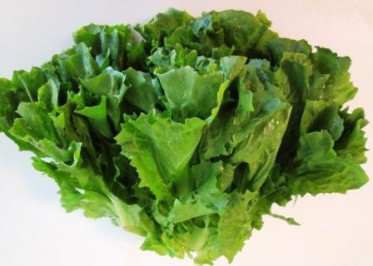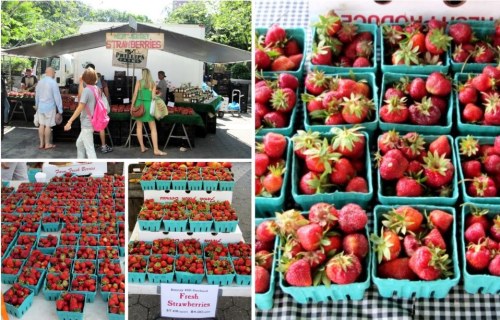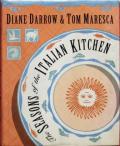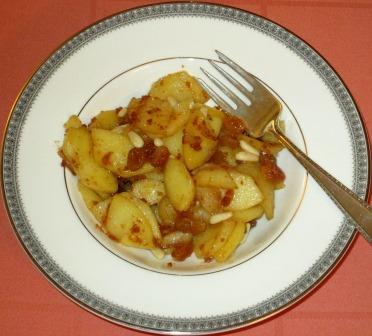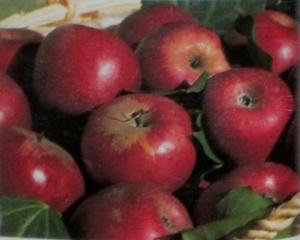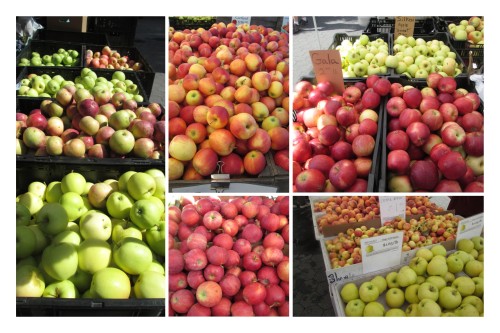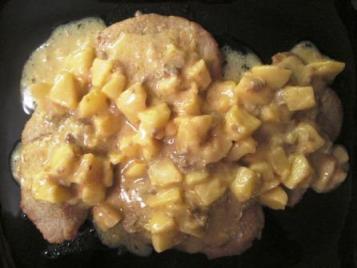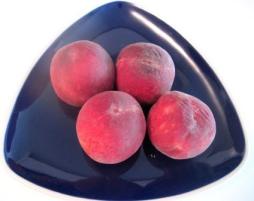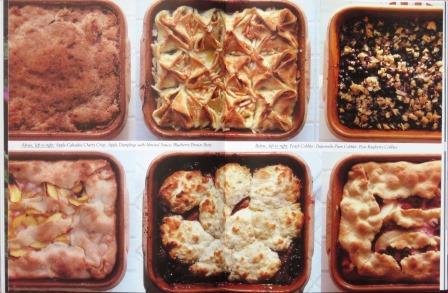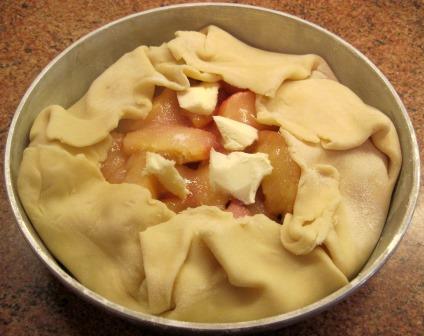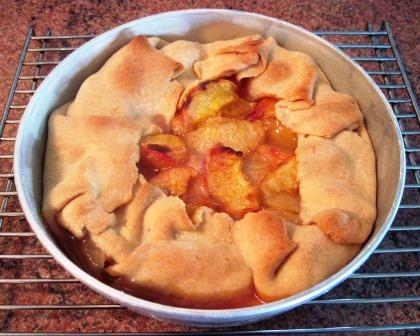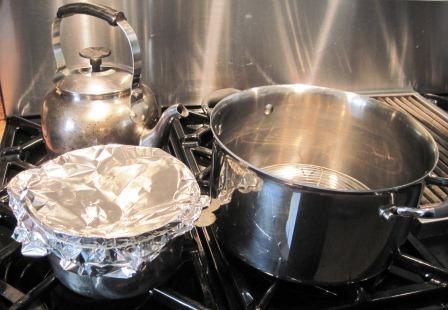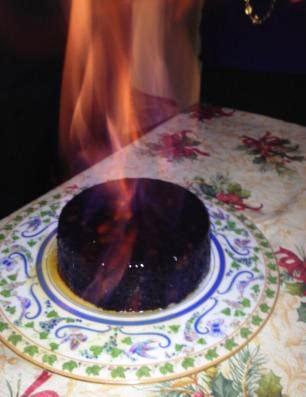 I’ve been having fun making recipes from a new book this week: Michele Scicolone’s latest, The Italian Vegetable Cookbook. (Full disclosure: Michele’s a friend, and she gave me the copy.) It’s a handsome book, with lots of mouth-watering photographs of both familiar and novel dishes.
I’ve been having fun making recipes from a new book this week: Michele Scicolone’s latest, The Italian Vegetable Cookbook. (Full disclosure: Michele’s a friend, and she gave me the copy.) It’s a handsome book, with lots of mouth-watering photographs of both familiar and novel dishes.
I had quite a time deciding what to try. Here are my first choices.
.
Sausage-Stuffed Zucchini Boats
I’d just bought some early zucchini at my Greenmarket, so I was drawn to this recipe. A small problem was that the recipe calls for carving out halved “medium” zucchini, leaving hulls ½-inch thick. My slender ridged ones – a Costata Romanesco type called Gadzooks – were barely more than an inch thick to begin with. I had to make the walls much thinner and worried that they might collapse in the oven.
I parboiled the hulls and let them drain while I made the stuffing. There’s almost no limit to the number of good things zucchini boats can be filled with. This recipe’s mixture seemed like a very tasty combination – and so it proved to be.
In olive oil I sautéed chopped onion, a crumbled Italian sweet sausage, the zucchini pulp, and a chopped tomato; added a little broth and cooked until the liquid evaporated. Once the mixture had cooled, I stirred in breadcrumbs, grated parmigiano, parsley and beaten egg. Though I was making a careful half recipe’s worth (just two portions), it seemed like a lot of filling for my slender boats to accommodate. Happily, they accepted it all – heaped high.
A sprinkling of more parmigiano and into the oven they went for about 20 minutes. The boats didn’t collapse, the stuffing stayed where it had been put, the flavors blended very well, and we were happy with the balance between the savory stuffing and the tender little zucchini. They made an excellent first course for dinner.
.
Pasta with Spicy Escarole, Tomatoes, and Olives
Another day, another Greenmarket serendipity. I’d bought a big handsome head of escarole, and here was this handy pasta recipe.
It turned out to be an archetypical peasant dish from the south of Italy: totally simple, totally meatless, totally satisfying. You just warm sliced garlic and a pinch of crushed red pepper in olive oil; add halved cherry tomatoes, chopped black olives, and chopped blanched escarole; sauté everything briefly; then stir in the cooked pasta, some grated pecorino Romano, and a drizzle of fresh olive oil. It sounds like nothing much, but – take my word for this – it’s delicious.
The escarole absorbed some of every single flavor from the other ingredients and made the whole dish surprisingly rich and tantalizing on the palate, given how humble a concoction it was.
I have to say I took a few small liberties with the recipe. It called for whole wheat fusilli, but I had a lot of ordinary penne rigati in my pantry, so I used that instead. After my garlic had been in the pan for a while, it started to darken too much, so I fished it out instead of leaving it in until the end. (No problem: it had left its mark on the dish, as had the crushed red pepper.) Also, we felt it needed a little salt (the recipe has none at all), and we would have liked a few more cherry tomatoes in the sauce mix, just because they were such tasty little morsels.
As we ate, we felt that countless generations of Italian contadini must have eaten countless bushels of pasta prepared very like this, and we were pleased to be continuing such a fine tradition.
.
Polenta Berry Cake
OK, blueberries and raspberries aren’t exactly vegetables, so why, you may ask, is this recipe in the book? Well, since berries aren’t animal or mineral, I guess they count as vegetable.
The sweet cake batter, made with only 1 cup of flour and ⅓ cup of cornmeal (there: some actual vegetable) is rich with butter and eggs. The eggs go in whole, which is easier than adding just the yolks and then having to beat the whites and fold them in separately. The finished batter was very thick – also very finger-licking good.
The batter gets spread in a buttered and floured break-away pan, the berries are strewn on top and sprinkled with a little more sugar, and the cake bakes for 45 minutes.
I served the cake to dinner guests, and it was a big hit. The cornmeal had given the crumb a slightly coarse consistency – pleasantly toothsome and not overly sweet. The berries provided just enough moisture and fruit sweetness in each mouthful, and the crunchy edges made a nice contrast for the palate. I foresee that this is going to become a favorite in our household, to be tried with a variety of different fruits as the season progresses.
*
So: Three dishes, three winners. That’s a good introduction to a new cookbook.


